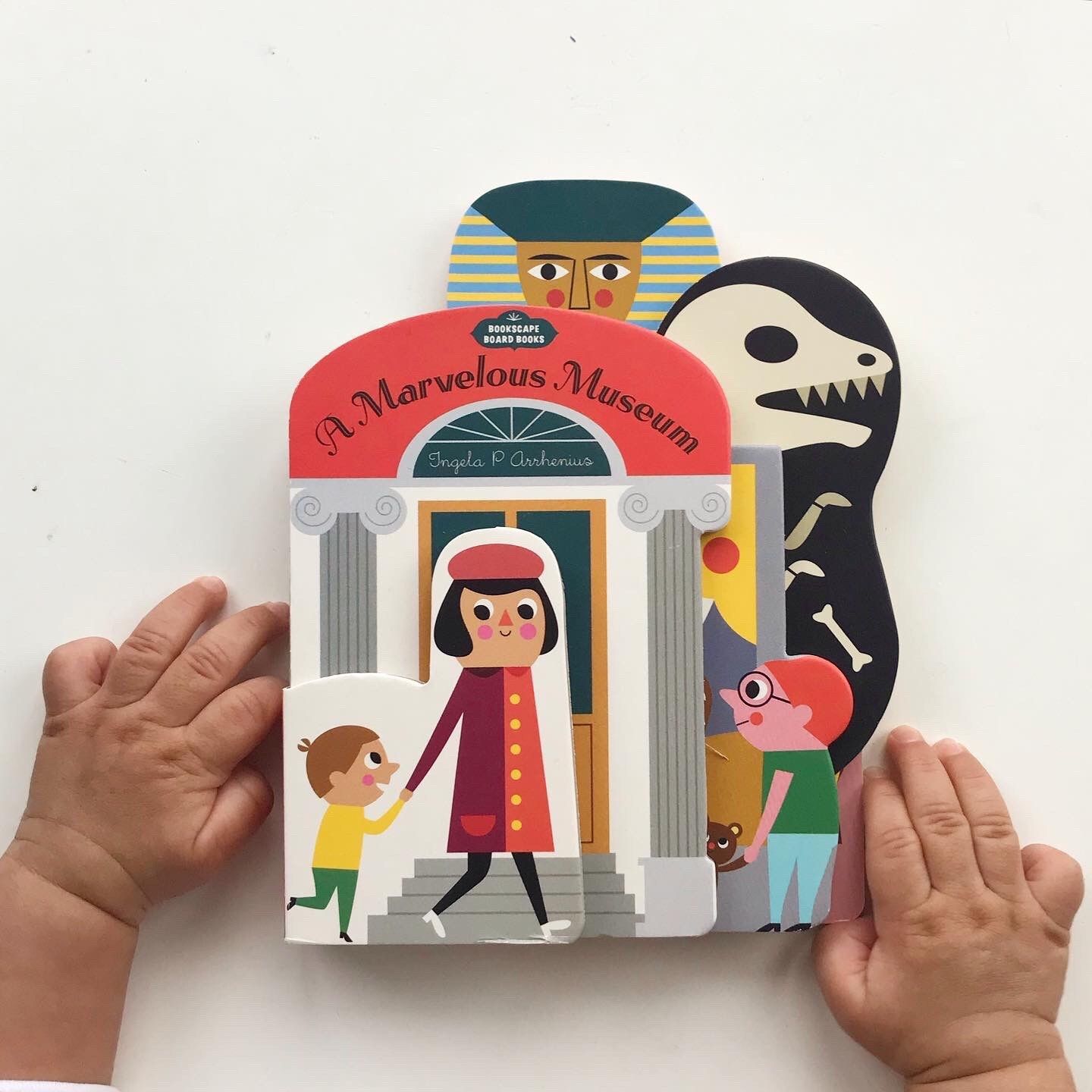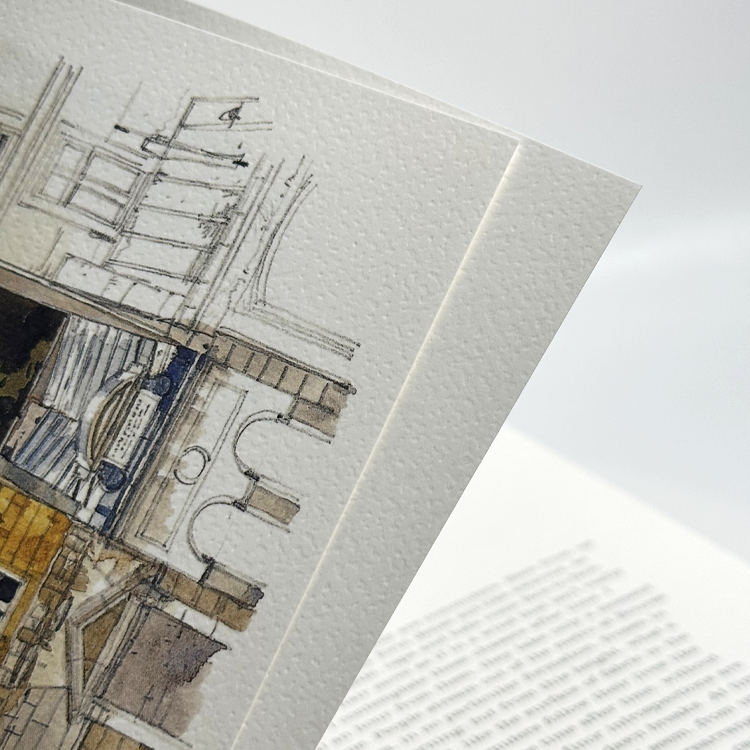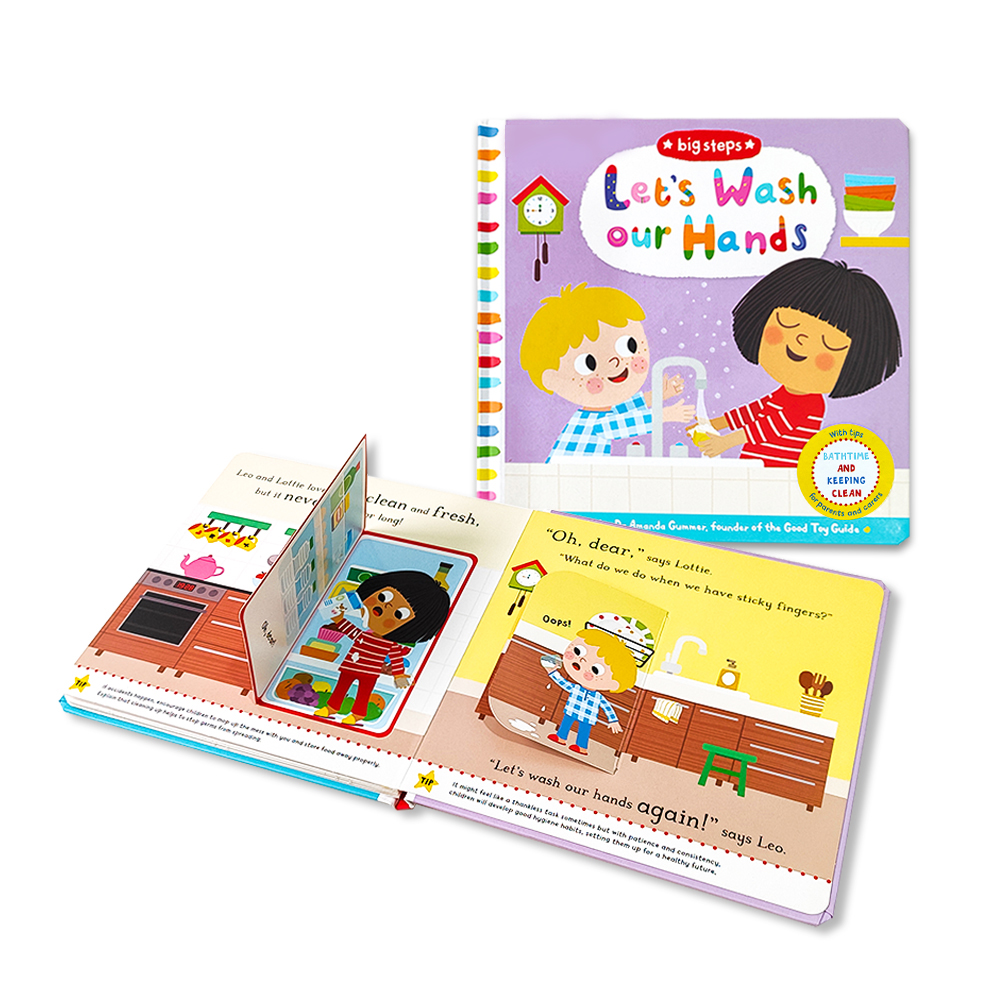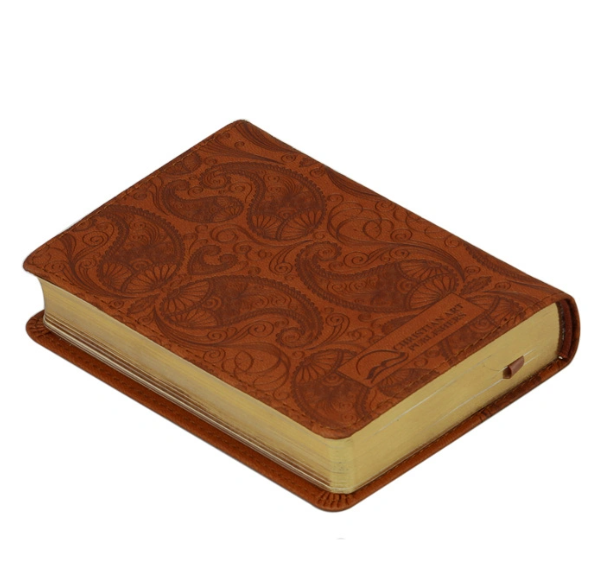Why is hardcover more expensive than board book?
When it comes to publishing literature for young readers, selecting the right printing format—whether a hardcover or a board book—plays a crucial role in meeting the specific needs of your audience. Each format has distinct advantages, but understanding the cost implications is essential for making an informed choice. In this article, we will delve into the differences between board books and hardcover books, focusing on why hardcovers generally come at a higher price point and helping you decide which option is best for your project.
فهرست مطالب
The Distinctions Between Board Books and Hardcovers
To fully grasp the differences between board books and hardcover books, it’s essential to explore their durability, structure, and intended audience. While both serve important roles in children’s literature, they cater to different age groups and functionalities.
What is a Board Book?
Board books are specially crafted for the youngest readers, making them a popular choice among parents, educators, and authors alike. Every page, including the cover, is produced from durable cardboard or paperboard, often with rounded corners to ensure safety. These compact and robust books can endure tearing, chewing, and spills, making them ideal for babies, toddlers, and preschool-aged children. Typically containing between 12 and 24 pages, board books are designed to be visually engaging, often featuring vibrant colors, textures, and interactive elements.
Advantages of Board Books
-
Safety: Designed with the youngest readers in mind, board books have rounded edges and sturdy pages, significantly reducing the risk of injury.
-
Engagement: The incorporation of interactive features such as flaps, textures, and bright illustrations captivates young readers and stimulates their senses.
-
ماندگاری: The thick cardboard pages resist tearing, making board books perfect for children who are still developing their fine motor skills.
What is a Hardcover Book?
Hardcover books, often referred to as hardbacks, feature a rigid exterior made of cardboard covered in cloth or durable paper, typically bound with sewn or glued pages. These books cater to a more mature audience, including older children, teenagers, and adults. Hardcovers are commonly used for various purposes, from novels to textbooks to collector’s items. Their premium appearance makes them a favorite among publishers and readers alike, though they do come with a higher production cost compared to other formats.
Advantages of Hardcover Books
-
Aesthetic Appeal: With their elegant look and feel, hardcover books are frequently chosen for special editions and high-quality publications.
-
ماندگاری: While they may not withstand rough handling like board books, hardcovers can last for decades with proper care.
-
Versatility: Hardcovers are suitable for a wide array of genres, ranging from children’s stories to complex academic texts.
Board Book vs. Hardcover: Key Considerations for Your Printing Project
Choosing between a board book and a hardcover book is a significant decision, as it impacts both usability and appeal. Here are several crucial factors to consider:
1. Cost Implications
Board books are generally less expensive to produce due to their simpler manufacturing process. The materials and labor required are minimal compared to hardcover books, which necessitate more intricate production methods and higher-quality materials.
-
کتاب های هیئت: The cost-effective nature of board books makes them accessible for families, educators, and libraries.
-
Hardcover Books: The production costs for hardcovers are higher, driven by the use of premium materials and complex binding techniques.
2. Target Audience
Understanding your audience is vital. Board books are tailored for infants and toddlers, providing a safe and durable reading experience. On the other hand, hardcover books are designed for older children and adults, offering more sophisticated narratives and themes.
Content Length and Complexity
The typical length and complexity of the content will influence your format choice.
-
کتاب های هیئت: These books generally contain fewer pages and focus on simple, engaging stories that young children can easily handle.
-
Hardcover Books: They can accommodate longer, more intricate narratives, making them suitable for a broader range of topics and themes.
Durability and Usage
Board books are engineered for the wear and tear of everyday use by young children, making them nearly indestructible in most situations. Conversely, while hardcover books are robust, they are better preserved in controlled conditions, as they are often cherished as part of a collection.
Shape and Design
Board books typically have rounded edges, which minimize the risk of injury during enthusiastic reading sessions. Hardcover books, with their defined edges, maintain a traditional aesthetic but require careful handling to avoid damage.
Visual Appeal and Functionality
Board books often utilize bold imagery and minimal text to engage very young readers. However, they may not hold the interest of older children, who seek more substantial content. Hardcover books, with their premium appearance, are versatile and suitable for various applications, including novels, academic texts, and high-end marketing materials.
By understanding these distinctions, you can better align your book’s format with your project goals and audience, enhancing the overall reading experience and maximizing the value of your publication.
سوالات متداول
1. چرا کتاب های گالینگور عموماً گران تر از کتاب های تخته ای هستند؟
کتابهای گالینگور معمولاً به مواد گرانتری مانند پارچه یا چرم برای جلد و فرآیند صحافی پیچیدهتر نیاز دارند. پیچیدگی ساخت و قطعات با کیفیت بالاتر در مقایسه با کتاب های تخته ای که روش تولید ساده تری دارند، به افزایش هزینه کمک می کند.
2. آیا کتاب های تابلو برای همه گروه های سنی مناسب است؟
کتاب های تخته ای به طور خاص برای کودکان بسیار خردسال مانند نوزادان و کودکان نوپا طراحی شده اند. آنها گزینه ای بادوام و ایمن برای این گروه سنی ارائه می دهند، در حالی که کتاب های گالینگور به کودکان بزرگتر و بزرگسالان پاسخ می دهند و روایت ها و مضامین پیچیده تری را ارائه می دهند.
3. چگونه تعیین کنم که کدام قالب را برای پروژه خود انتخاب کنم؟
برای تعیین بهترین قالب برای کتاب خود، مخاطب هدف، طول محتوا و بودجه خود را در نظر بگیرید. اگر پروژه شما برای خوانندگان بسیار جوان طراحی شده است، کتاب های تخته به دلیل ماندگاری و محتوای جذابشان بهترین گزینه ممکن است. برای داستان های پیچیده تر یا مطالب آموزشی برای خوانندگان مسن تر، کتاب های گالینگور مناسب تر است. ارزیابی این عوامل به اطمینان از موفقیت پروژه چاپ کمک می کند.
در پایان، هم کتابهای تختهای و هم کتابهای گالینگور نقش مهمی در ادبیات برای خوانندگان جوان دارند. درک تفاوتهای بین این دو قالب میتواند به شما کمک کند تا تصمیمات آگاهانهای بگیرید که با اهداف پروژه شما همسو باشد و اطمینان حاصل شود که نشریه شما با مخاطبان مورد نظر خود طنین انداز میشود.
چاپ کتاب
محصولات جدید
آخرین وبلاگ
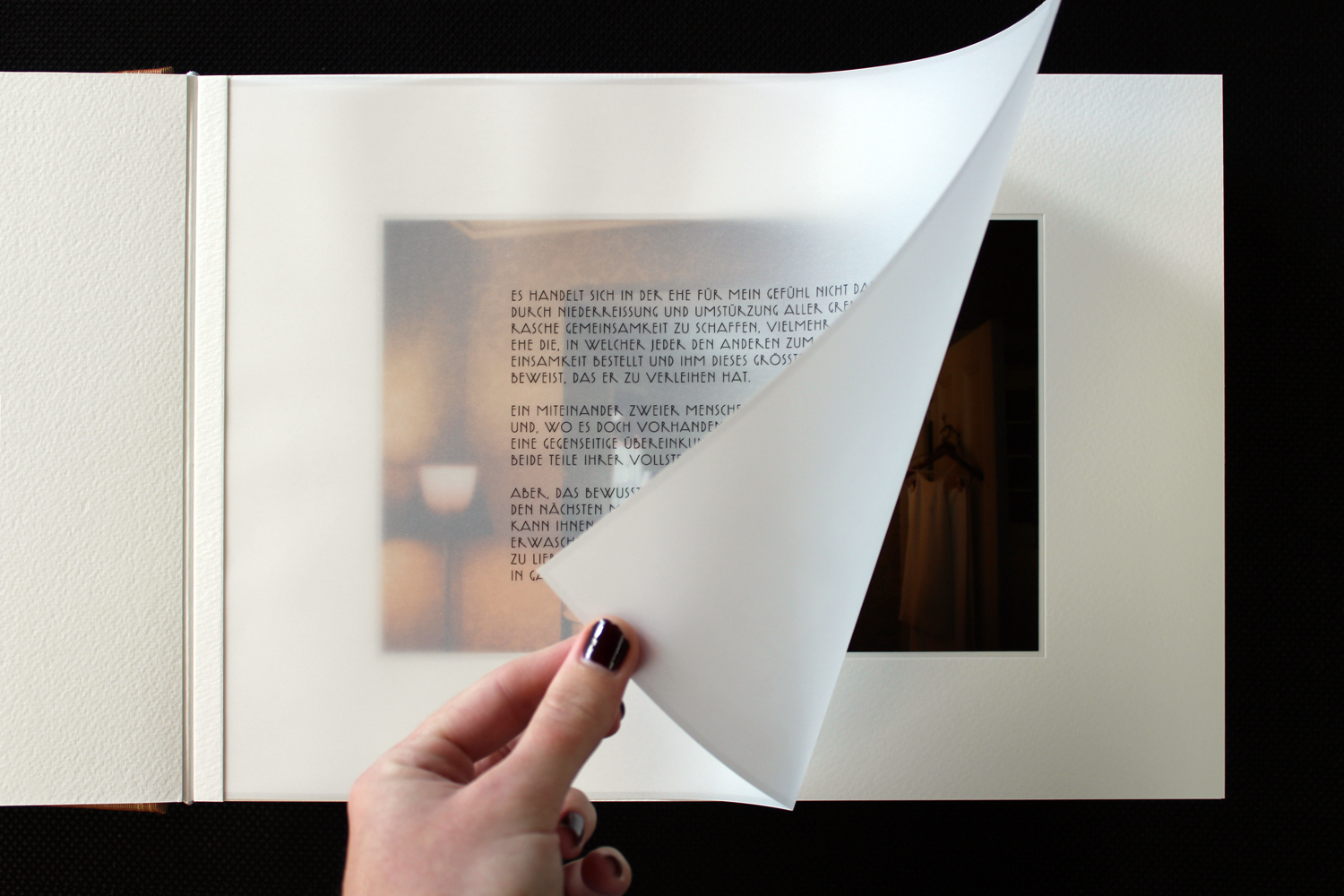
حفظ خاطرات و نمایش آثار با چاپ کتاب عکس با کیفیت
اگر به دنبال خودنشر هستید، یکی از دغدغه های اصلی شما یافتن گزینه های اقتصادی برای چاپ کتاب است.
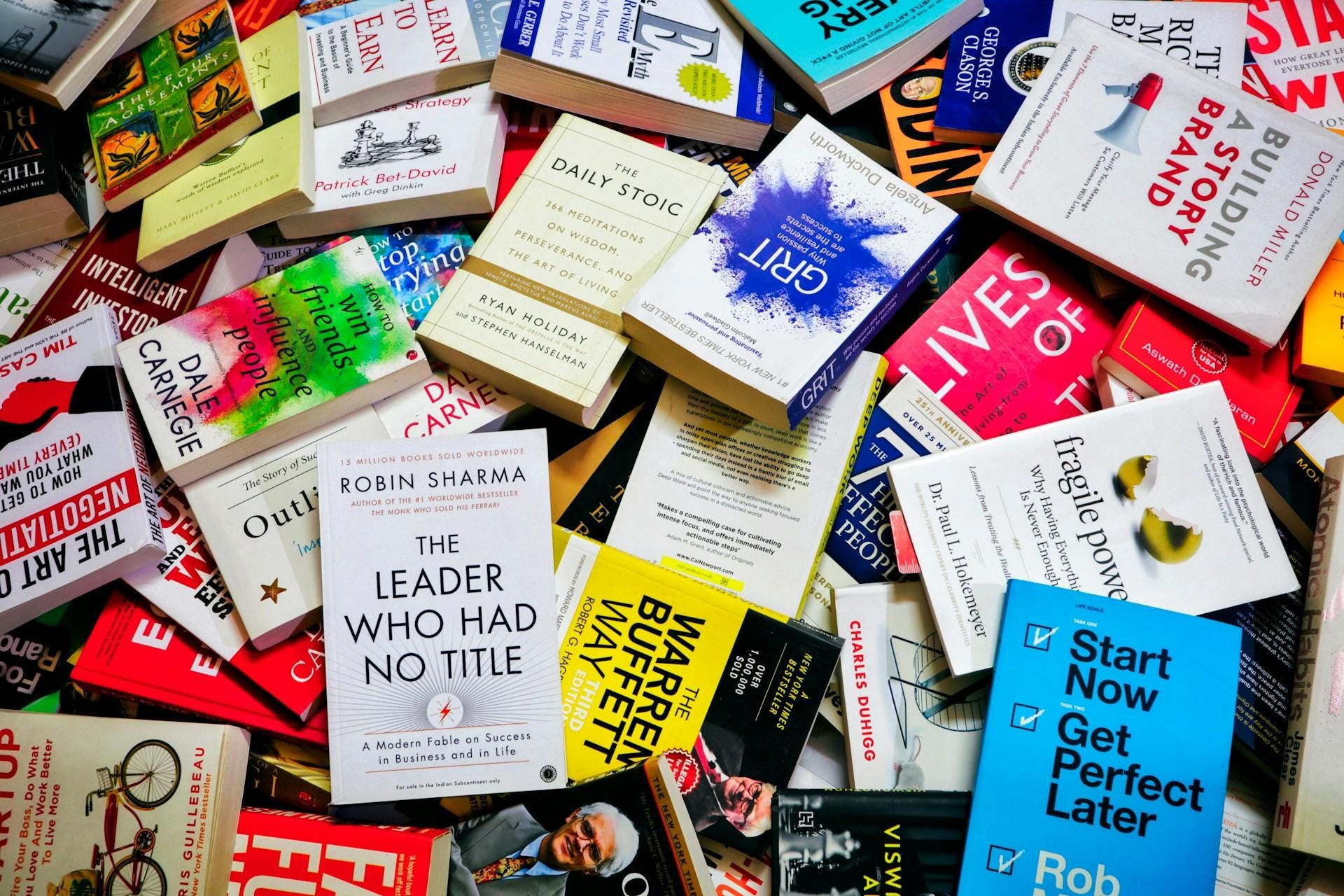
نحوه چاپ کتاب
انتشار خود به طور فزاینده ای به یک انتخاب ایده آل برای نویسندگان و سازندگان محتوا تبدیل شده است که به دنبال حفظ کنترل بر کار خود از زمان ایجاد تا فروش هستند. برخلاف نشر سنتی،
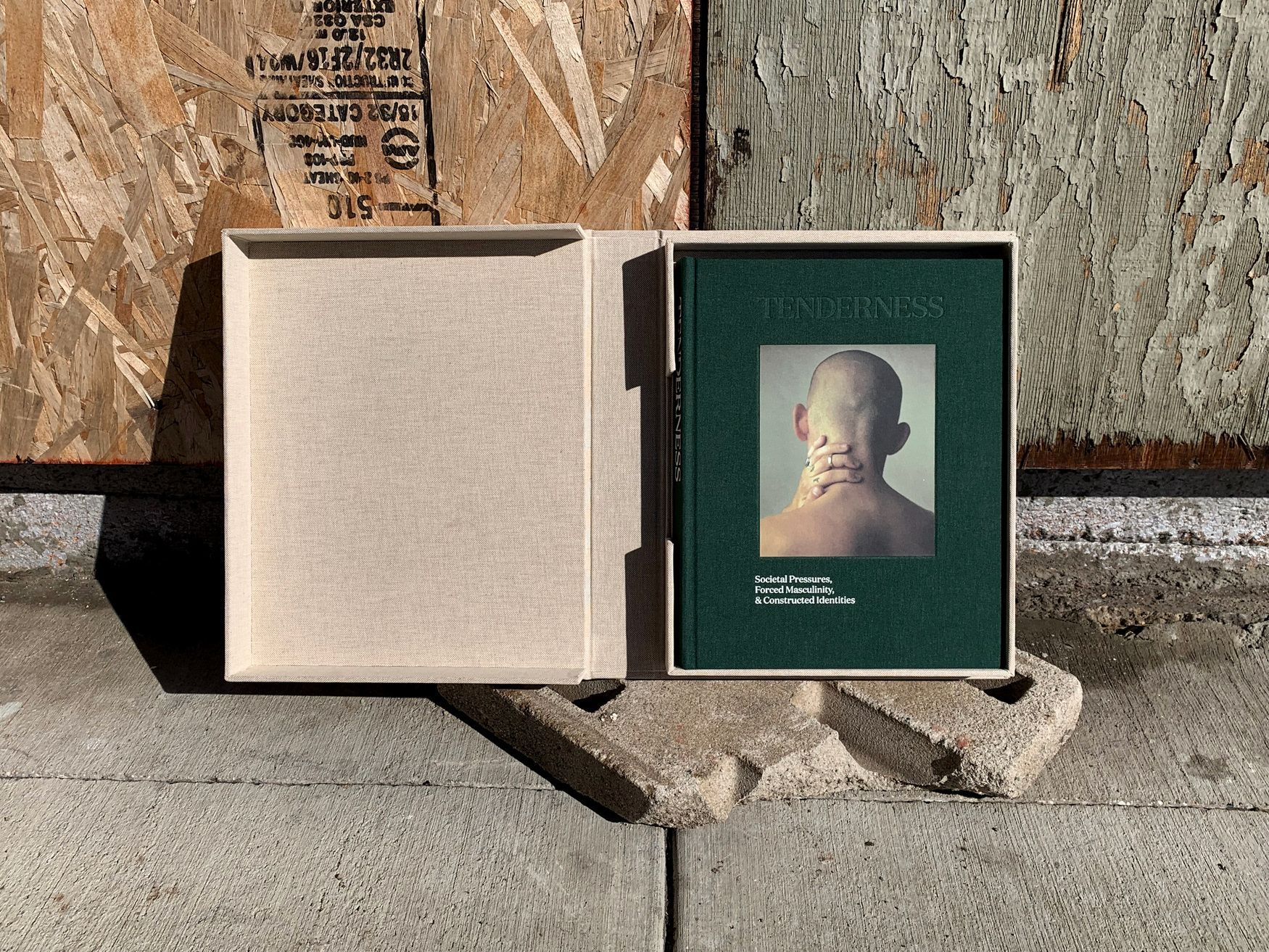
چگونه یک چاپ کتاب میز قهوه لوکس سفارشی بسازیم
در Booksprinting، با بیش از 20 سال تخصص در چاپ افست و صحافی، ما مشتاقیم که شما را در سفر پیچیده ایجاد یک کتاب میز قهوه لوکس سفارشی راهنمایی کنیم.

ارزان ترین شرکت چاپ بر اساس تقاضا چیست؟
فناوری چاپ بر حسب تقاضا (POD) صنعت نشر را متحول کرده است و نویسندگان مستقلی را ارائه می دهد
تماس با ما
- +86 13946584521
- info@booksprinting.net
- 8:00 - 22:00 (دوشنبه - یکشنبه)
نظرات
وبلاگ مرتبط
جدیدترین گرایش ها و دانش رایج در زمینه چاپ کتاب را بیابید.
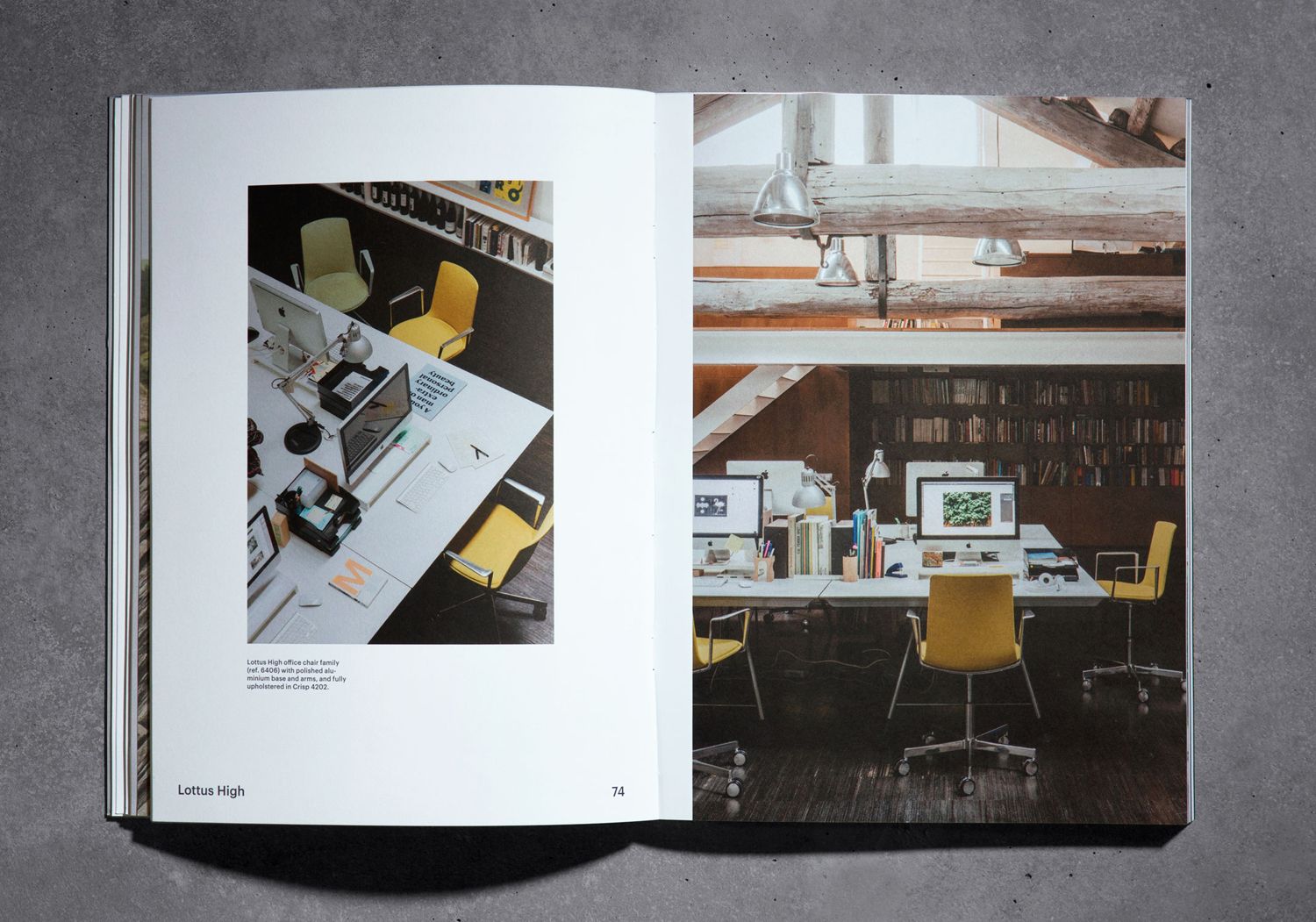
چاپ چگونه هزینه کتاب را کاهش داد؟
در دنیای همیشه در حال تحول نشر، مقرونبهصرفه ساختن کتابها برای دستیابی به مخاطبان گستردهتر ضروری است.
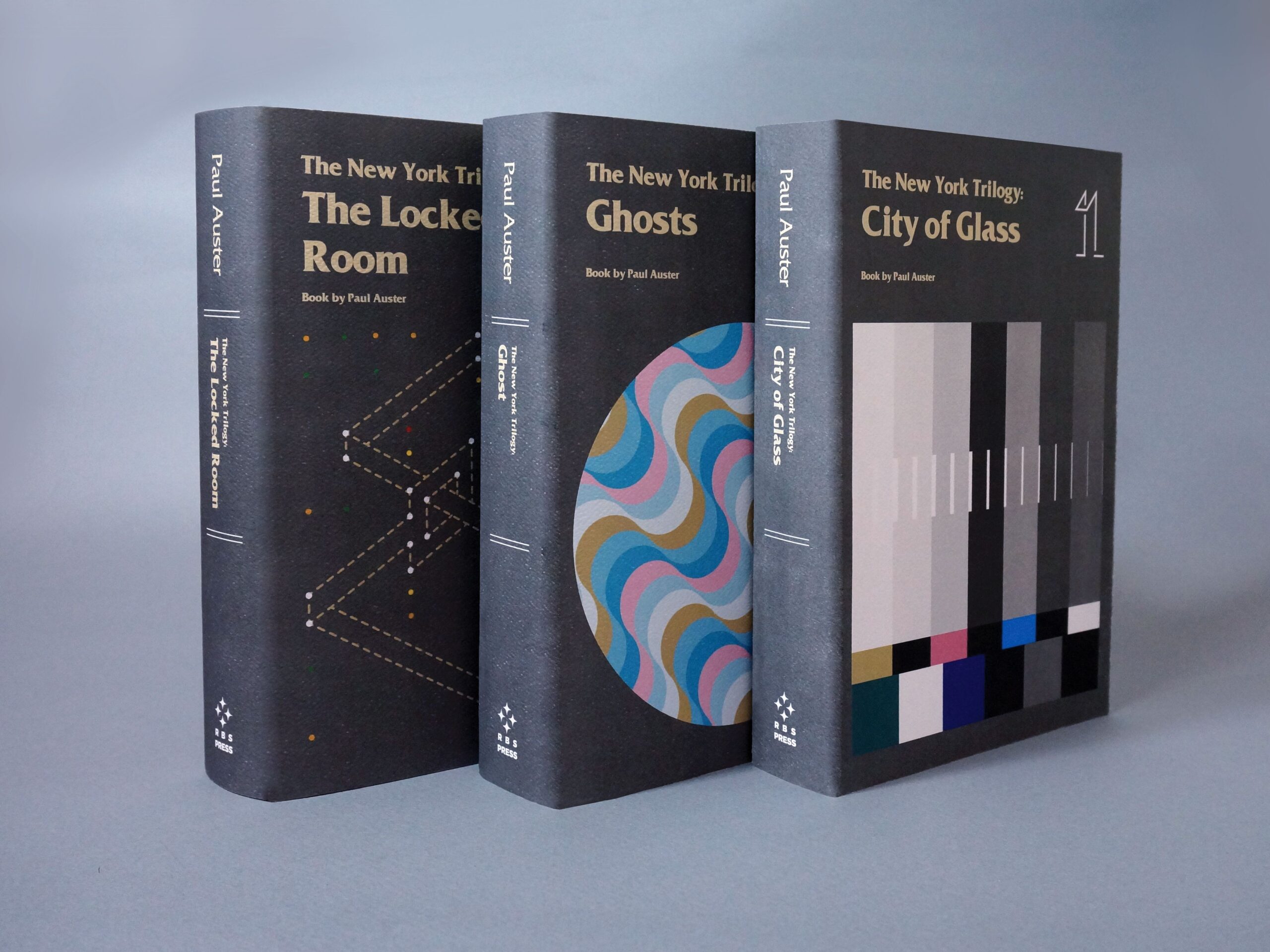
قدرت چاپ کتاب سفارشی
اگر به دنبال خودنشر هستید، یکی از دغدغه های اصلی شما یافتن گزینه های اقتصادی برای چاپ کتاب است.
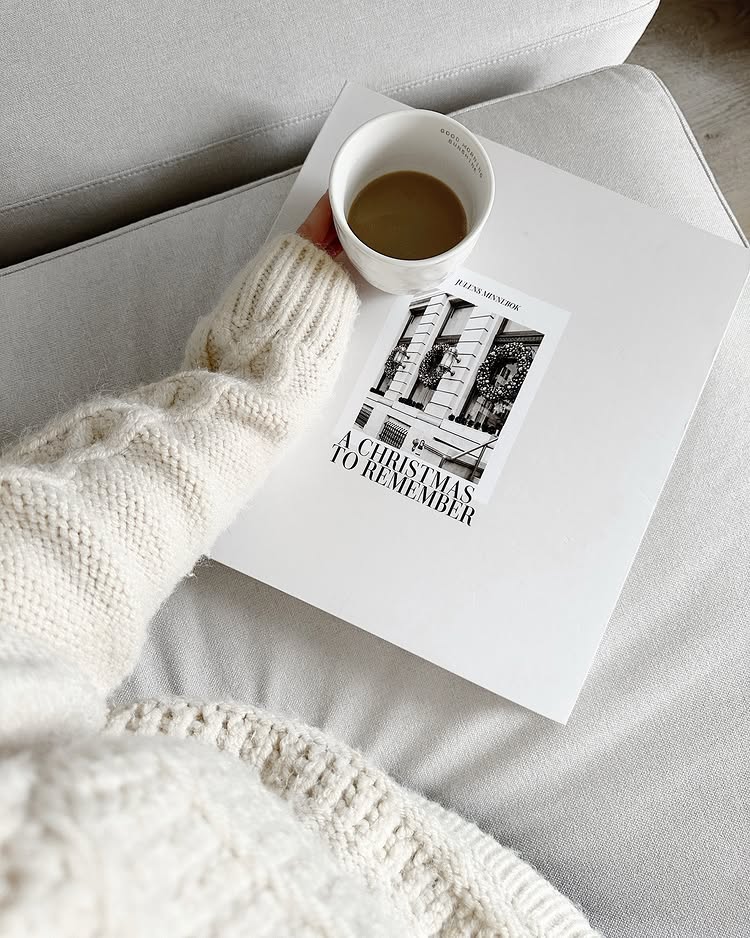
هزینه ساخت کتاب میز قهوه چقدر است؟
ایجاد یک کتاب میز قهوه یک تلاش هیجان انگیز و خلاقانه است، اما یکی از اولین سوالاتی که مطرح می شود این است: هزینه ایجاد یک کتاب میز قهوه چقدر است؟

کدام کشور برای چاپ کتاب ارزان ترین است؟
انتخاب محل چاپ کتاب می تواند تصمیم بزرگی باشد، به خصوص برای کسانی که به دنبال متعادل کردن هزینه، کیفیت و راحتی هستند.

